How to identify and prioritize the smart factory 5G-enabled use cases that deliver sizable impact? – Case study
According to McKinsey, the business value resulting from manufacturing use cases running on improved connectivity could generate from $400 billion to $650 billion of GDP impact by 2030. That’s because the speed, latency and device density that high-band 5G connectivity and private networks brings can support numerous manufacturing applications.
However, when embracing 5G connectivity-driven smart manufacturing, one of the first questions that comes to mind is, “Which use cases shall we implement first?” At an initial glance, this may seem straightforward, but much consideration needs to be made in selecting the cases that will make the largest impact with the simplest implementation. Also, the systems needed for use case implementations must be considered as well as the use case locations within the factory.
Ericsson underwent this same set of considerations when it decided to build its first smart factory in Lewisville, Texas in 2019. For Ericsson, use case implementation planning was front and center. From Ericsson’s planning work, 73 use cases were identified covering areas such as materials management, visitor experience, supply chain, maintenance, production, facilities, and quality. Of these, 34 were put on the roadmap, and eventually 15 were selected for the initial build.
In this session, we will explore the journey Ericsson went through to select, prioritize and deploy impactful cellular-enabled use cases in its Texas smart factory using a private cellular network. We’ll evaluate the build vs buy decision making process, vendor selection process and the agile work methods that enabled a successful implementation.






